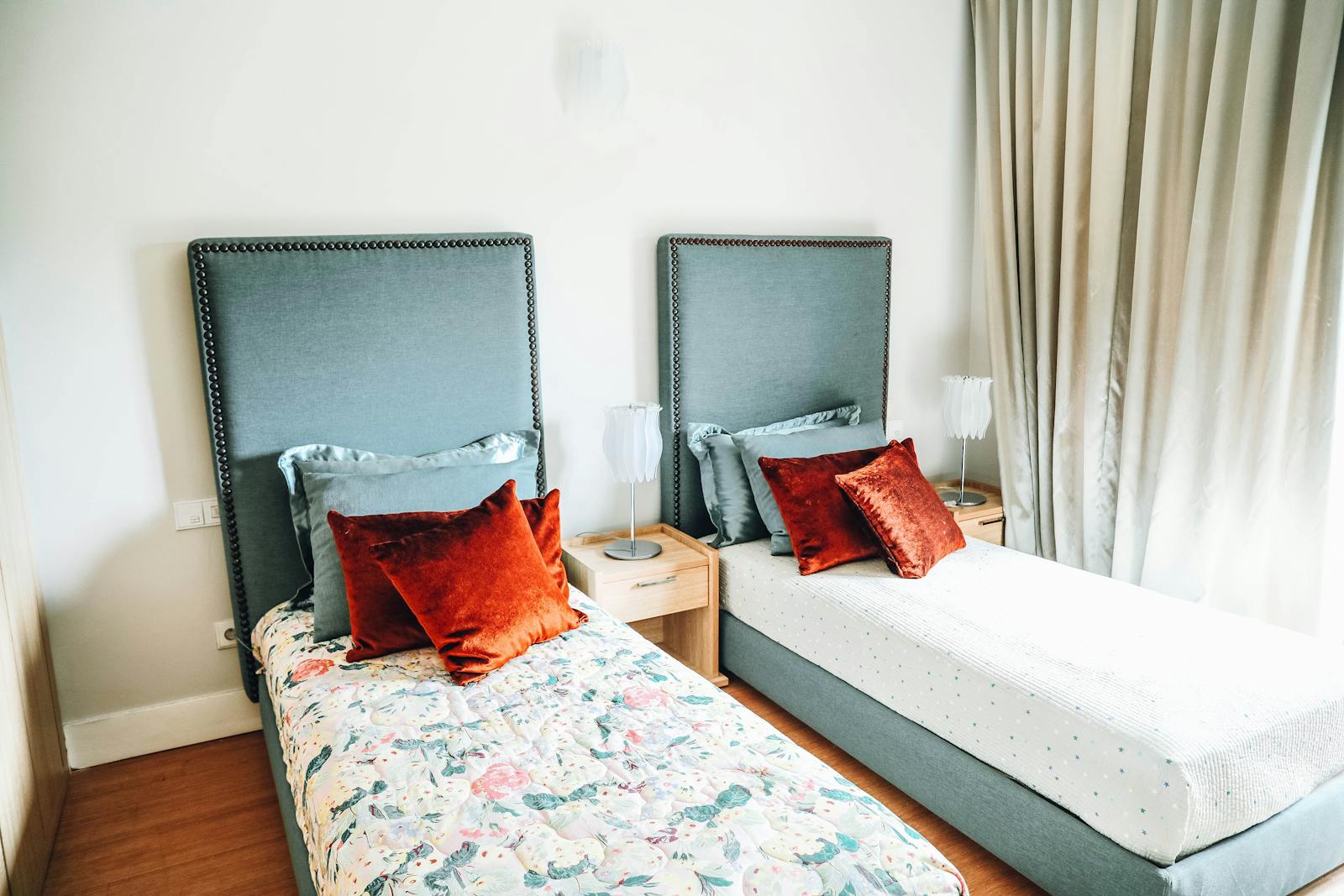CALGARY — No community anywhere would willingly choose to have a nearly 30 per cent office vacancy rate in its downtown core.
But faced with that problem, one Canadian city came up with a plan that is now being held up as a model for the rest of the country amid an ongoing national housing crisis.
Calgary has been busily working to convert underused office towers to residential housing, thanks to the city's one-of-a-kind incentive program for developers.
In just two years, the program has resulted in the approval of 13 office-to-residential conversion projects, with four more still under review.
The first project, the $38-million conversion of an underused 10-storey office building into 112 residential apartment units, is nearly complete and expected to open early this year. Several more projects are currently under construction.
Proponents say the early success of the program has shown that office-to-residential conversions can work, and that the idea can be part of the solution in a country facing a massive shortfall in housing inventory.
“I think this can work in any major city. Especially any major Canadian city, because in my point of view, we’re all struggling with providing enough homes," said Walsh Mannas, a principal with commercial real estate firm Avison Young, of Calgary's downtown development incentive program.
"Any market where municipalities are going to incentivize residential development, I think could have success with this in various degrees."
Calgary's downtown development incentive program, which offers $75 per square foot to building owners willing to convert underused office space to residential apartments, is unique to North America.
It was launched in 2021, at a time when the city — home to more corporate head offices per capita than anywhere else in Canada — was reeling in the wake of an extended downturn in oil prices and the COVID-19 pandemic.
Commercial property values in the city's core had collapsed due to a wave of energy sector layoffs and consolidation that had left close to a third of Calgary's downtown office space empty.
Desperate to fill nearly 13.5 million square feet of unoccupied space and boost its dwindling tax base, Calgary launched the incentive program with the goal of removing six million square feet of empty offices from the city's downtown by 2031.
Sheryl McMullen, who manages the program for the City of Calgary, said it was unclear at the time what the reception would be.
But the program turned out to be so popular that in October 2023, the city was forced to press pause after reaching its $253-million funding threshold.
"When we launched the program, we didn't know if we were going to get one application or 10," she said.
"We ended up getting 15 in just the first round. So we knew we'd done something right when we had that number of building owners interested."
Canada is in the midst of a housing crisis. One estimate from the Canada Mortgage and Housing Corp. suggests an additional 3.5 million new units must be built by the end of the decade to supply affordable housing to the people who need it.
Office-to-residential conversions aren't a silver bullet, said Greg Kwong, Alberta managing director for commercial real estate firm CBRE, but they can be a piece of the puzzle.
He pointed out many cities are grappling with an excess of downtown office space in the wake of the pandemic and the work-from-home trend.
"It's not the overall panacea, it's just one of the many levers that we have to be pulling to get our downtown cores more vibrant and alive again," Kwong said.
"This is a problem that will affect more cities than just Calgary."
In the third quarter of 2023, Avison Young statistics show Vancouver and Toronto both had downtown commercial vacancy rates of 12.5 per cent, while Ottawa had a downtown vacancy rate of 14.7 per cent.
In both Edmonton and Montreal, more than 20 per cent of available downtown office space sits empty.
"The office market in Toronto, Vancouver and Montreal is still in a much better place than Calgary, but these cities are also struggling through the post-COVID office market," Mannas said.
"I think it will take time to work through what the new reality of vacancies is, and depending on how much those vacancies grow, office-to-residential becomes an even better opportunity."
Ken Toews is senior vice-president of development with Calgary-based Strategic Group, a developer that has previously completed three office-to-residential projects in Alberta without the help of an incentive program.
While he is an unequivocal fan of the model, Toews said most prospective conversion projects require some kind of government support to make financial sense.
"Office buildings were never intended to be developed into apartments," said Toews, whose company is now in the process of converting an empty heritage office tower in Calgary called the Barron Building into residential rental suites.
"There are a lot of design issues, and a lot of developers won't touch them because they're just too challenging."
Turning an office tower into an apartment building requires getting creative and finding solutions for oddly shaped floorplates, unusually situated elevators and in some cases, a lack of windows, Toews said.
But while these complications can make office conversions costly, they still take far less time than constructing a new building from the ground up.
Toews added they also have a far smaller carbon footprint than new builds, and have the added benefit of bringing new life and vibrancy to tired downtown areas.
As more conversions are completed and developers and architects get more experience, a wider variety of buildings will become viable candidates, Toews said.
He said he's already been approached by developers from across Canada who are looking to take lessons from Calgary's experience.
"We know this is part of the solution for the housing crisis, and it can probably work in any city if the city is willing to put in an incentive," Toews said.
"We have a big challenge in this country with housing and you know, I think we have to really dig in and make sure we get as many people working on it as possible and be creative with our solutions."
This report by The Canadian Press was first published Jan. 7, 2024.
Amanda Stephenson, The Canadian Press






















